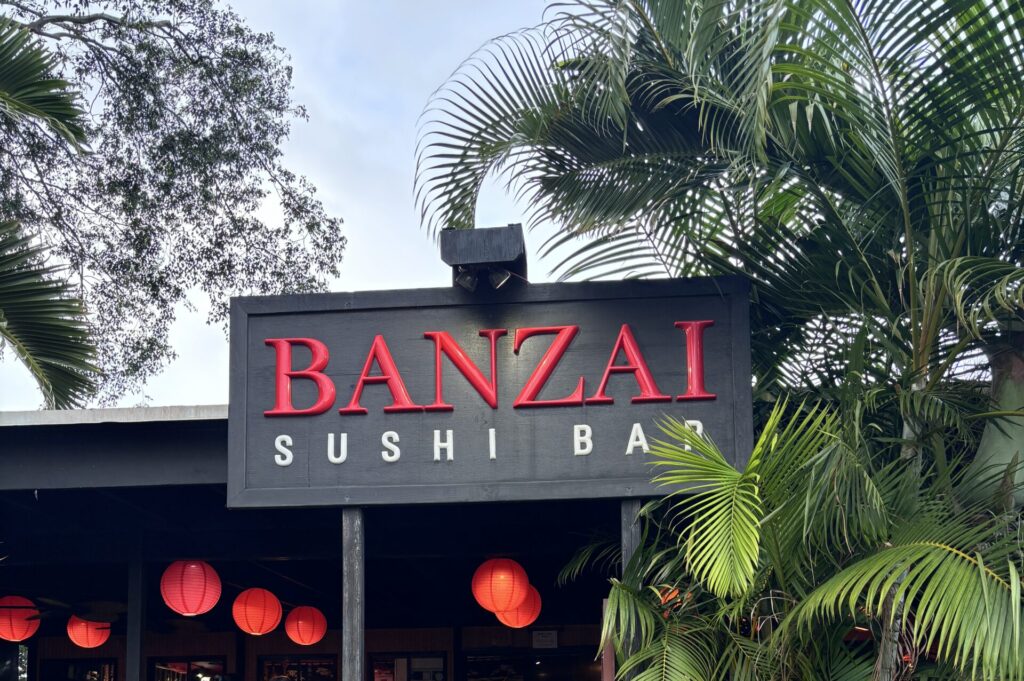Morning Paddle: Nā Mokulua “The Mokes”

The Mokulua Islands, commonly referred to as “The Mokes,” are a pair of small offshore islets located about 0.75 miles (1.2 km) off the coast of Lanikai Beach in Kailua, Oahu. These islands, named Moku Nui (the larger one) and Moku Iki(the smaller one), are part of the Hawaiian Islands State Seabird Sanctuary and are protected for their rich wildlife and ecological significance.

History & Significance
The Mokulua Islands have long been significant in Hawaiian culture and history. Ancient Hawaiians used these islands for fishing, and they remain a cherished landmark for locals and visitors alike. Their rugged volcanic formations and pristine beaches have made them a popular paddling and adventure destination.
The Importance of Coral at the Mokulua Islands
The coral reefs surrounding the Mokulua Islands are a vital part of Oahu’s marine ecosystem, providing habitat, protection, and sustenance for countless marine species. These coral formations act as natural barriers, reducing coastal erosion by absorbing wave energy and sheltering the nearby shorelines.
The coral reefs surrounding the Mokulua Islands are not only breathtakingly beautiful but also essential to the survival of Hawaii’s marine ecosystems. Protecting these fragile habitats ensures that future generations can continue to enjoy and benefit from their natural beauty and ecological importance.
- Marine Habitat: The reefs serve as nurseries and homes for a diverse range of marine life, including tropical fish, crustaceans, octopuses, and sea turtles.Biodiversity Hotspot: These coral ecosystems support a delicate balance of herbivorous and predatory species, ensuring the health of the underwater food web.
- Oxygen Production & Carbon Absorption: Like underwater forests, corals help produce oxygen and absorb carbon dioxide, playing a crucial role in maintaining global climate stability.
- Cultural & Recreational Significance: The reefs not only hold ecological importance but also serve as popular sites for snorkeling, diving, and eco-tourism, providing visitors with a firsthand look at Hawaii’s stunning marine environment.


Paddling to the Mokes
- The paddle from Kailua Beach or Lanikai Beach to Moku Nui (the only island accessible to the public) takes about 30 to 45 minutes, depending on wind and ocean conditions.
- The distance is roughly 1.2 miles (1.9 km) from Kailua Beach Park or 0.75 miles (1.2 km) from Lanikai Beach.
- Paddlers should be aware of strong winds, currents, and changing ocean conditions, particularly in the afternoons.

Marine Wildlife Around the Mokes
The coral reefs surrounding the Mokulua Islands are teeming with marine life, offering incredible snorkeling and wildlife viewing opportunities. Some of the common species found here include:
- Green Sea Turtles (Honu) – Frequently spotted near the reefs and along the shoreline.
- Hawaiian Monk Seals – Occasionally seen resting on the beaches or swimming near the islands.
- Reef Fish – Including parrotfish, wrasse, butterflyfish, and triggerfish (Hawai‘i’s state fish, the humuhumunukunukuāpua‘a).
- Eagle Rays and Manta Rays – Sometimes seen gliding through deeper waters.
- Octopuses and Moray Eels – Hiding among the coral formations.
Wildlife on the Islands
Since both islands are part of a seabird sanctuary, they provide a crucial nesting habitat for various birds, including:
- Wedge-tailed Shearwaters (‘Ua‘u Kani) – One of the most common seabirds nesting in burrows on the islands.
- Great Frigatebirds – Sometimes soaring above the islands.
- Brown Boobies and Red-footed Boobies – Occasionally seen resting on rocky cliffs.
- Pacific Golden Plovers (Kōlea) – Migratory birds that stop at the islands during their seasonal journey.


Moku Nui is the only island where visitors are allowed to land, but it is essential to respect the sanctuary rules: no disturbing the wildlife, no dogs, and no camping. The back side of Moku Nui features sea cliffs, tide pools, and a popular Queen’s Bath pool, though conditions can be dangerous.
The Mokulua Islands remain a must-visit for adventure seekers, nature lovers, and those looking to experience Hawaii’s stunning offshore beauty.






